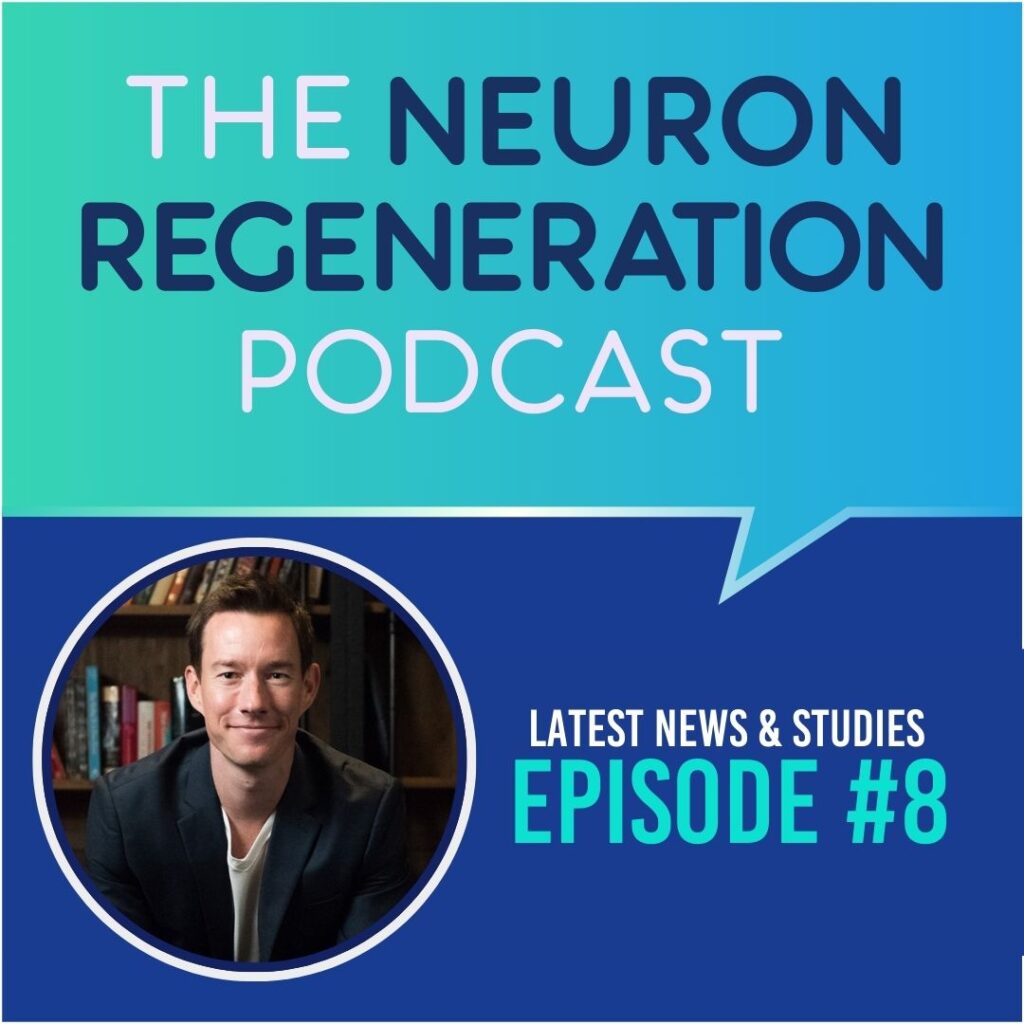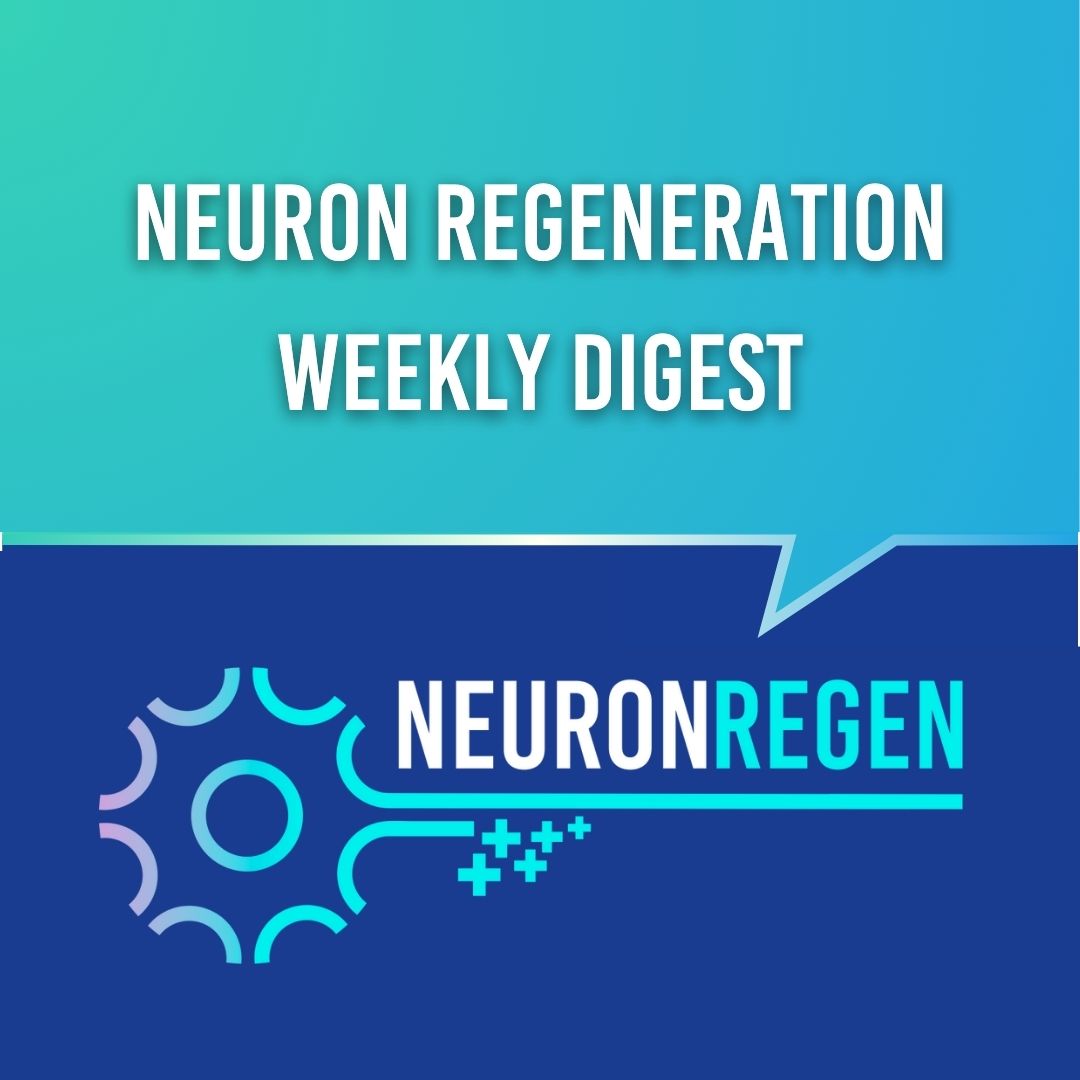Welcome to Another News and Abstract reading episode of The Neuron Regeneration Podcast. Here, we keep you informed on the latest neural regeneration research, innovations, and advancements. Today, we’re highlighting recent studies that explore cutting-edge approaches to nerve repair, spinal cord injury recovery, and stroke rehabilitation.
Stay tuned as we break down key findings and discuss their potential impact on the future of neuroregeneration and clinical applications.
Papers and Topics Discussed:

- Effect of in vivo reprogramming of astrocytes combined with exercise training on neurorepair in rats with spinal cord injury
New research shows that combining exercise therapy with astrocyte reprogramming significantly enhances motor function recovery after spinal cord injury. By overexpressing key transcription factors and incorporating weight-supported treadmill training, scientists observed improved gait, reduced scarring, and increased neuron regeneration. These findings highlight the potential of a combined approach for spinal cord repair.
- Exosomes: new targets for understanding axon guidance in the developing central nervous system
Exosomes, tiny extracellular vesicles, are emerging as key players in axon guidance, a crucial process in neural circuit development. Researchers are exploring how exosomes interact with guidance molecules to influence axon growth, regeneration, and neurodevelopmental disorders. Understanding these interactions could open new pathways for therapeutic applications in brain and spinal cord repair. - Metabolic Reprogramming of Neural Stem Cells by Chiral Nanofiber for Spinal Cord Injury
Researchers have developed a chiral nanofiber hydrogel that reprograms neural stem cell metabolism, enhancing their ability to regenerate damaged spinal cord tissue. By optimizing lipid metabolism, this innovative material promotes neural differentiation and significantly improves motor recovery in spinal cord injury models, offering a promising approach for future regenerative therapies. - bFGF-Chitosan “brain glue” promotes functional recovery after cortical ischemic stroke
Researchers have developed a bFGF-Chitosan “brain glue” that fills stroke cavities and supports the brain’s natural healing process. This innovative gel promotes the growth of new blood vessels, guides neural stem cells to replace lost neurons, and helps rebuild functional neural networks. The result? Improved sensorimotor recovery after an ischemic stroke—offering a potential new path toward restoring brain function.
Watch the video here:
Stay Connected:
- Subscribe: Don’t miss an episode of the Neuron Regeneration Podcast. Follow us on your favorite podcast platform and subscribe to our email newsletter on this page.
- Social Media: Follow @neuronregeneration on Instagram for daily informative videos on neurodegenerative diseases, neuro traumas, prevention, and regeneration.
- Leave us a review: If you enjoyed this episode and are excited about the mission of The Neuron Regeneration Podcast, please take a moment to leave us a review on your favorite podcast platform. Your feedback helps us reach more listeners and advance the conversation around neuron healing!

